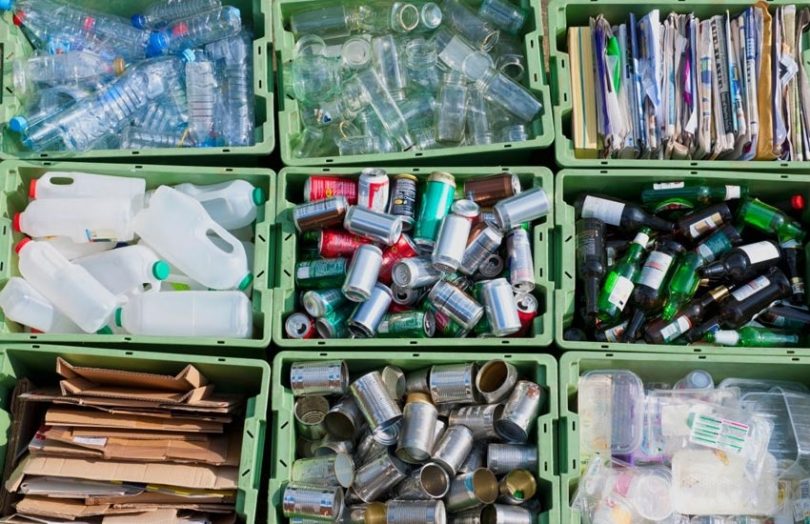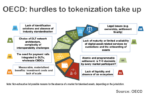Today at Consensus Distributed, Caroline Malcolm from the OECD observed the critical need for interoperability between blockchains or applications.
“To really make the ecosystem work, very much from the outset, we need to be thinking about interoperability,” said Malcom. She commented that technically that could be implemented at the base blockchain layer or the application level, but its existence is important.
The context was a discussion about recycling. Douglas Johnson-Poensgen, CEO of enterprise blockchain startup Circulor was highlighting the challenges with some recycling systems. For example, with mechanical recycling of plastics, because a bleach bottle and coke bottle could get intermingled, any recycled material usually ends up being mixed bales used for construction.
In contrast, some of the chemical recycling processes for plastics produce an oil-like output of the type used to make new plastics. That way the plastic is properly recycled. But this all needs a technology to track it, and blockchain is well-suited. BASF is working on a similar idea. Which leads back to the OECD point that all these niche systems working independently is not ideal. But Circulor is progressing an interoperability solution related to electric batteries.
Circulor has been working on several projects around responsible sourcing of minerals such as cobalt, the mineral that’s widely used for electric batteries. And another startup Everledger is working on battery recycling.
“Both Everledger and us work on the Oracle platform and we’re in a three-way project with Oracle at the moment working on interoperability as a way of trying to design a series of standards, certainly for the battery supply chain, which is a start,” said Johnson-Poensgen. Both of the companies use Hyperledger Fabric.
On a related note, Circulor has also started to work with Daimler to track CO2 emissions in the production of electric cars. “There’s a huge challenge at the moment with making sure that we reduce the carbon footprint of the manufacture of the electric vehicle. And the single largest contributor to that carbon footprint is the battery,” said Circulor CEO.
For Daimler the work involves attributing a slice of the carbon from the different participants along the supply to the eventual battery that goes into the car.






